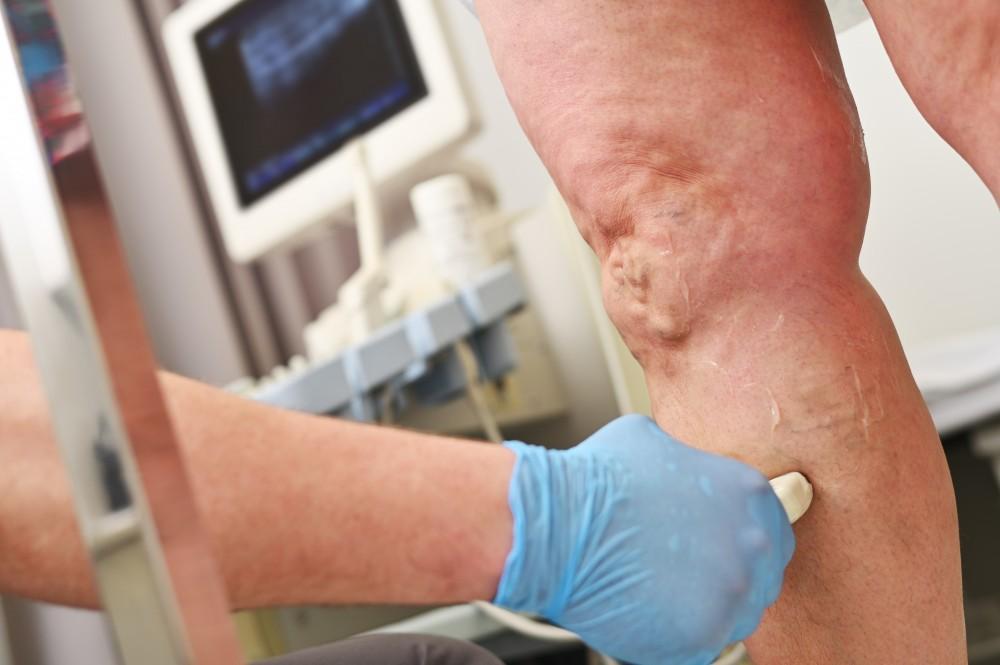
Why Facial Veins Appear and What You Can Do About Them

Visible facial veins are a common cosmetic concern. You may notice them around your nose, cheeks, or under your eyes. While usually harmless, they can affect your confidence.
The good news is that you can take action to reduce their appearance.
Read on as Dr. Jacobs and our South Shore Vein and Aesthetic Medicine team explain why facial veins appear and what to do about them.
5 reasons why you may have visible facial veins
Facial veins become visible when tiny blood vessels, called capillaries, enlarge. In fact, the word telangiectasia (spider veins) comes from three Greek words that mean “blood vessel dilation.”
You might see more prominent facial veins if:
1. You have a genetic predisposition to spider veins
While there isn’t a “spider vein gene,” the reality is that your genes can influence your vein health.
Mutations in genes, such as FOXC2, PIK3CA, and GLMN, are linked to venous valve dysfunction, connective tissue weakness, and abnormal vein development. Some mutations can be hereditary and passed on through your family.
In other words, if your family members have visible veins, you may be more prone to developing them.
This is also why other vein issues, including varicose veins and venous insufficiency, tend to run in families.
2. You get a lot of (unprotected) sun exposure
UV rays damage your skin and capillaries, which makes those smaller veins more prominent. To reduce your risk of sun-related skin damage, wear sunscreen daily.
3. You’re getting older
If you’ve noticed that your skin seems thinner and less elastic, you’re not imagining it. Your skin definitely thins as you age.
The problem here is that thin skin can make veins easier to see.
4. You have rosacea or another underlying skin condition
These conditions can stress capillaries and cause dilation. You might suspect rosacea is the culprit if you have facial redness, bumps, and dry eyes.
5. You engage in lifestyle factors that exacerbate spider veins
Alcohol, extreme temperatures, or aggressive skin care can also increase vein visibility.
What to do about visible facial veins
Lifestyle changes like avoiding excessive alcohol intake, adopting a gentle skin care routine, wearing sunscreen, and addressing underlying skin conditions can help support healthy skin and prevent future issues.
Sometimes that just isn’t enough, and you need more targeted action to reduce the appearance of visible veins.
At South Shore Vein and Image-Guided Medicine, Dr. Jacobs customizes treatments based on the type of vein, its location, and your needs.
Two advanced options include:
VeinGogh™
VeinGogh uses ohmic thermolysis to treat spider veins and other benign vascular lesions. Dr. Jacobs uses an ultrathin needle to deliver microbursts of high-frequency energy directly into the unwanted vein.
This heat triggers coagulation and causes the vein wall to collapse. Then, your body gradually absorbs the vein tissue, while the surrounding skin remains unharmed.
Scelerotherapy
For certain veins, like blue under-eye veins, Dr. Jacobs may use sclerotherapy. He uses a thin needle to inject a sclerosing solution into the problematic vein. Sclerosing agents irritate the inside of your blood vessel, so it shuts down.
Your body then reroutes blood through another, healthier blood vessel.
Just like with VeinGogh treatments, these veins fade as your body naturally absorbs the treated tissue.
Say goodbye to visible facial veins
Dr. Jacobs can help you determine the best treatment for your facial veins and create a plan that’s just right for you.
Ready to improve the appearance of your facial veins? Call South Shore Vein and Image-Guided Medicine at 516-865-1234 or book your appointment online today.
You Might Also Enjoy...


The Dangers of Deep Vein Thrombosis

Understanding Venous Insufficiency: Signs, Causes, and Treatments

Are Varicose Veins a Health Concern?

Can I Have Botox and Dermal Fillers During the Same Treatment Session?


